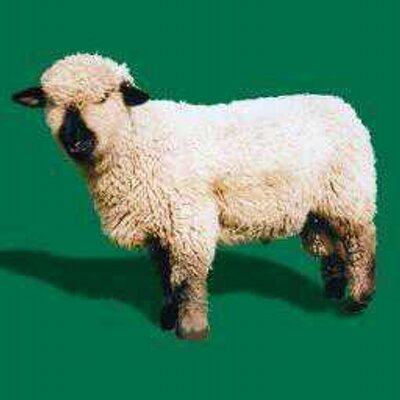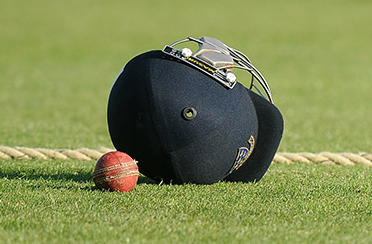ECB Guidance Note: Safety measures for helmets within recreational cricket
The ECB has recently announced new helmet safety measures, which are being introduced with a view to reducing the risk of head and facial injuries within the game.
Players over the age of 18
The ECB strongly recommends that all adult recreational cricketers should wear helmets for certain activities, preferably which meet the most recent British Safety Standard (see below). This recommendation applies to batting against all types of bowling, wicket-keepers standing up to the wicket (who may as an alternative wear face protectors) and fielders fielding closer than eight yards from the batsman’s middle stump, except behind the wicket on the off side.
Under 18s
The position in relation to u18s currently remains unchanged, and is governed by the ‘ECB Guidance on the Wearing of Cricket Helmets by Young Players’ (www.ecb.co.uk/youngplayershelmetguidance). In essence, batsmen and wicket-keepers standing up to the stumps must wear head protection when playing or practising. That Guidance should be referred to in full for the position in relation to u18s.
British Safety Standard
The latest British Safety Standard is BS7928:2013 (for both adults and juniors). The full list of helmets meeting this standard is available at www.ecb.co.uk/helmets. For wicket-keeping face protectors the relevant British Safety Standard is BS7929-2:2009 (again, for both adults and juniors).
The ECB understands that there is currently no specific women’s helmet and as a consequence no specific standard for women’s cricket helmets. As the size of the standard women’s cricket ball is between the standard men and junior balls, it is recommended that women use helmets that have been tested against both the men’s and junior sized ball, or at least against the junior size ball (as that could potentially get through the gap above the face guard on a men’s helmet).

